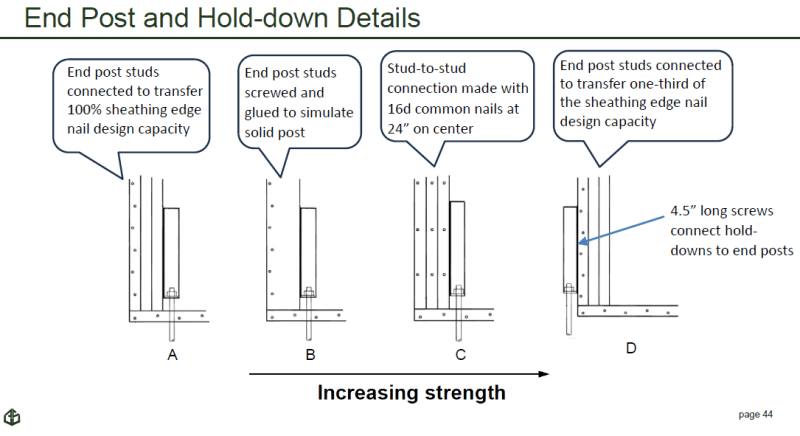Looks like, in the name of 'simplification', they've removed the extra capacity for shear walls resisting wind. In 2015 and earlier editions, there were different capacities for wind and seismic and you applied a 2.0 safety factor. Now, it's just the 'old' wind capacity, but everyone has to use a safety factor of 2.8 which puts the allowable in line with the old allowable for seismic. AND, for 10d common nail shear walls (the only kind I spec), there's a new 8% reduction in capacity if you build it the normal way with a hold down on the face of the end studs facing toward the shear wall. This is based on performance under cyclic loading.
I get that we need to be checking things for seismic and "wind controls" as a general statement is bad practice...but when my LFRS base shear for wind is 4 or 5 times my seismic loading, I don't worry too much about the capacity of individual elements in that load path for seismic performance. It works. But now I'm getting cut off at the knees, and my typical shear wall now has 45% less capacity than it did yesterday? Whiskey Tango Foxtrot, AWC?
I guess the steel guys in my area will be happy...lots more moment frames!
I can't read. Sorry. See below if you're curious how everyone set me straight.

